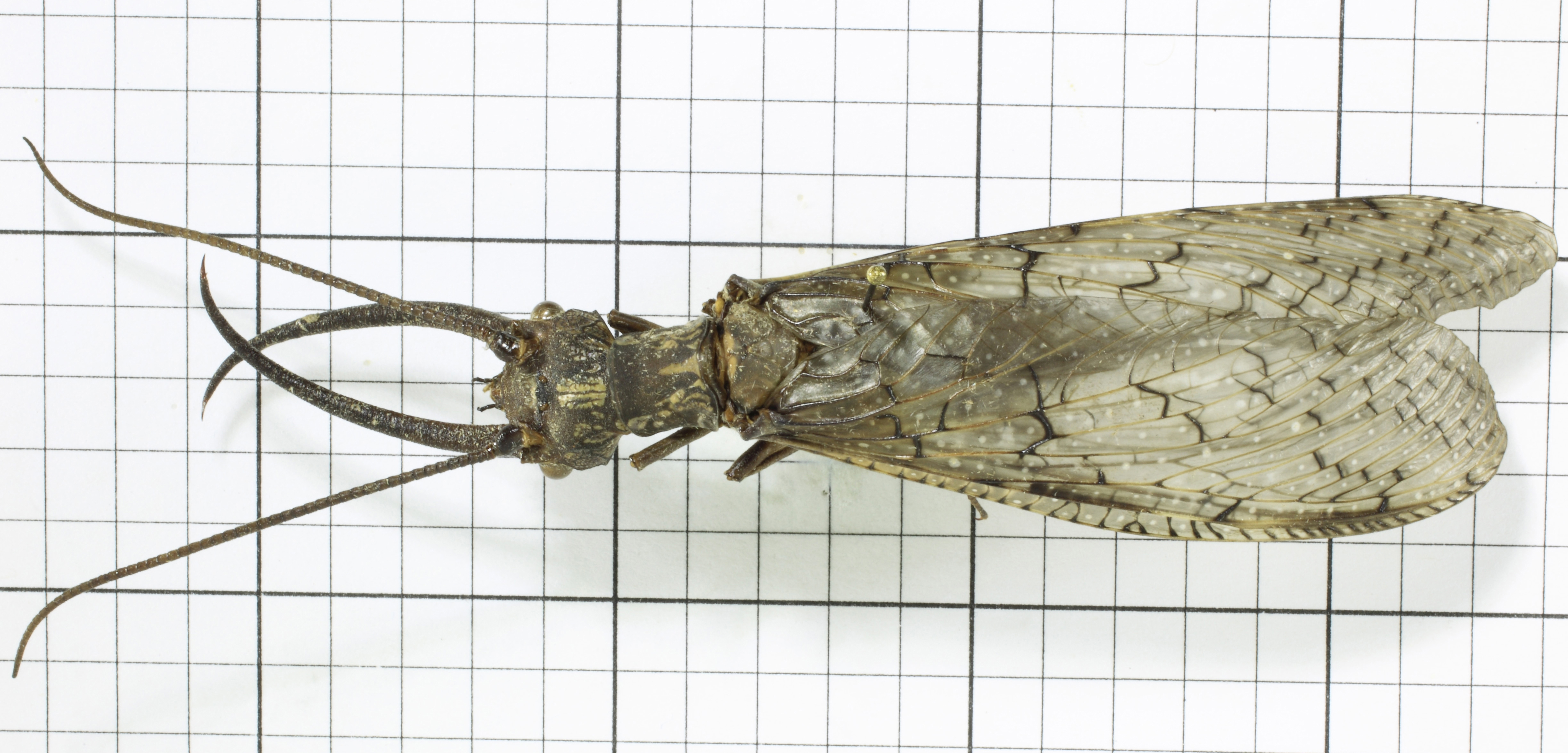
The Participatory Design of a (Today and) Future Digital Entomology Lab
Welcome, All!
Collaboration is often about bringing people together for a shared sense of co-design and co-development. As an initial transparent and public "thought experiment," this design puzzle has arisen from the early work towards building a Digital Entomology Lab at Kansas State University. This is set up as a virtual participatory design, which suggests not only the inclusion of all stakeholders in informing the next steps to the design process, but also the inclusion of a larger distributed community in this work. How well will the larger public engage a design in mid-stream and help out a bedraggled design and development team in their work? Will this endeavor provide sufficient impetus to move on to future development phases? Will the principal investigator (PI) be able to pursue further funds to try to actualize this?
this design puzzle has arisen from the early work towards building a Digital Entomology Lab at Kansas State University. This is set up as a virtual participatory design, which suggests not only the inclusion of all stakeholders in informing the next steps to the design process, but also the inclusion of a larger distributed community in this work. How well will the larger public engage a design in mid-stream and help out a bedraggled design and development team in their work? Will this endeavor provide sufficient impetus to move on to future development phases? Will the principal investigator (PI) be able to pursue further funds to try to actualize this?
-- Shalin Hai-Jew (shalin@k-state.edu, 785-532-5262), September 2011
A Note about Web Browsers : If this or any of the following digital activities are not centered in their frames, please clean out your Web browser cache
: If this or any of the following digital activities are not centered in their frames, please clean out your Web browser cache , and refresh this website. Make sure your Flash player is updated. That should address any interactive display issues. Or, please use the latest versions of Internet Explorer, Google Chrome, Mozilla Firefox, or Safari, to display the presentation and interactive activities. This online presentation has been tested on the most popular browsers used today, but some display anomalies may occur depending on localized settings. This presentation has been partially output in HTML 5, and there are a few mobile activities as well. This site may generally be accessed on mobile devices, including iPads (except for the Adobe Flash activities). Please try those out.
, and refresh this website. Make sure your Flash player is updated. That should address any interactive display issues. Or, please use the latest versions of Internet Explorer, Google Chrome, Mozilla Firefox, or Safari, to display the presentation and interactive activities. This online presentation has been tested on the most popular browsers used today, but some display anomalies may occur depending on localized settings. This presentation has been partially output in HTML 5, and there are a few mobile activities as well. This site may generally be accessed on mobile devices, including iPads (except for the Adobe Flash activities). Please try those out.
Phase 1: Capturing the Insect Imagery

The following photo album activity provides a brief overview of how the project started in February 2011. The originating (and very lean) team consisted of an entomology professor, an instructional designer, and a project photographer. [The initial access to a Web developer did not actually materialize.] Many layers of dependencies are necessary for such a project to work: political will, financing, access to appropriate insects, a workspace for the image captures, web space for delivering the site, developers, time, and proper equipment and software resources.
A Brief Overview of the Project
Directions for the Photo Album: To move forward, click near the right page edge. To go backward, click near the spiral binding.
Digital Entomology Lab Objectives
An online lab needs a finite and defined set of objectives in order to be executable. While additional objectives may be designed into the work later on, having a clear set of aims aids in the early (and continuing) design.
|
Digital Lab Users will...
|
Basic Camera Angles...of a Leaf-Footed Bug
Any science-based study is designed around typical and systematic practices. For entomology, one very basic approach involves the proper capture of an insect image from defined angles for proper observation and analysis.

Angles of Photo-Realistic Image Capture: This short activity highlights the five angles that an insect has to be captured by for the Digital Entomology Lab. Remember that these insects are photographed against a backdrop B/W grid of 25 mm x 25 mm (from engineering paper). A photo-realistic image capture has to represent the reality of the world with fidelity and accuracy.The effectiveness of a digital entomology lab depends on the quality of the insect images captured (and the breadth and depth of the insect collection).
The digital macro-image photographer has to handle the insect specimens with care so as not to damage them. He also has to position them to photograph clearly on a two-dimensional plane even though many are quite small.

The angle labels used during the project were common names such as top, bottom, front, back, and side. However, the activity uses the more formal terminology for insect angles. The insect used here is a leaf-footed bug.
 |
Roll over the tabs to view more information. | |
|
||
Some Other Macro Photography Basics
(A Mobile-Friendly Activity)
Directions: Please select the three related macro photography term per each screen.
 |
Select the correct items. Click the bottom right arrow to go to the next set. Click the checkmark (available on the last set) to submit all your answers. | |
|
||
An Eye for Details
Directions: Zoom into the image below. Pay attention to the shapes, textures, and other visual qualities of the image. What information does this image of a Dobson Fly contain? (In a different venue, this image can be magnified many more times for an even deeper level of details. As such, there are limits of digital image size and resolution as well as the limits of a computer monitor.)

A Few Insect Factoids
Entomology is a branch of zoology dealing with the study of insects.
 |
Click below the question to view the answer. | |
|
||
Insects serve important functions in the thin-zone biosphere .
 Some Positive Functions of Insects
Some Positive Functions of Insects
Insect activities affect many aspects of human life. Some of their interactions with humans and the environment may be viewed as a negative.
 Some Destructive Aspects of Insects
Some Destructive Aspects of Insects
Did you know that insects are a kind of animal? They are!
 The Taxonomic Organization of Insects.
The Taxonomic Organization of Insects.
What Insect is This?
(A Mobile-Friendly Identification Activity)
Directions: There are six insect images and six choices for each. See further directions within the activity.
 |
Click the arrows to select the correct items. Click the bottom right arrow to go to the next set. Click the checkmark (available on the last set) to submit all your answers. | |
|
||
NEXT: Experience the project's workflow. An interactive timeline provides a sense of how the project evolved chronologically. An instructional design backstory in audio form (with text transcripting) is also included. (Click "next page" below, or click the proper page number at the top.)
NAVIGATION: This microsite may be navigated sequentially, page by page. The Table of Contents (toc) may be used to go directly to a particular part of this presentation.

